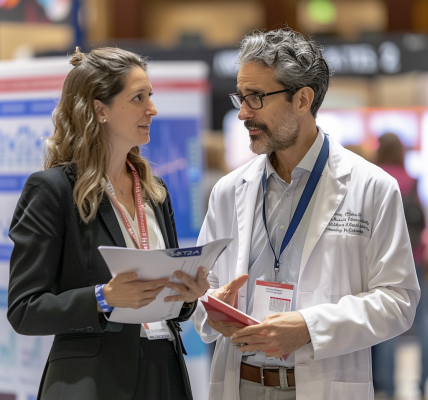It’s National Endometriosis Month, and it’s a good time to recognize the disease and understand what to look for if you think you may have it.
Endometriosis is a condition that affects one in ten women, typically those in their 30s and 40s, but it can impact any woman of reproductive age. Dr. Julie Gibbons, an OB/GYN at Mercy, explains that endometriosis occurs when tissue grows outside of the uterus, causing symptoms such as pelvic pain and heavy menstrual cycles.
If you suspect you may have endometriosis, it’s important to seek medical advice. Dr. Gibbons emphasizes the need to consult a doctor or gynecologist to discuss symptoms and undergo examinations, including ultrasounds and laparoscopy, for accurate diagnosis.
While there is no cure for endometriosis, various treatment options are available, including birth control pills, IUDs, and hormonal therapies. However, it is crucial to address the condition early to prevent infertility and minimize the risk of complications such as scar tissue formation.
Dr. Gibbons stresses the significance of timely diagnosis in preserving fertility and managing symptoms. In severe cases, surgical intervention may be necessary to address the deposits of endometriosis.
For more information on endometriosis, individuals can seek additional resources related to the condition. Overall, raising awareness and understanding the signs of endometriosis are essential steps in promoting early detection and effective management of this prevalent women’s health issue.





